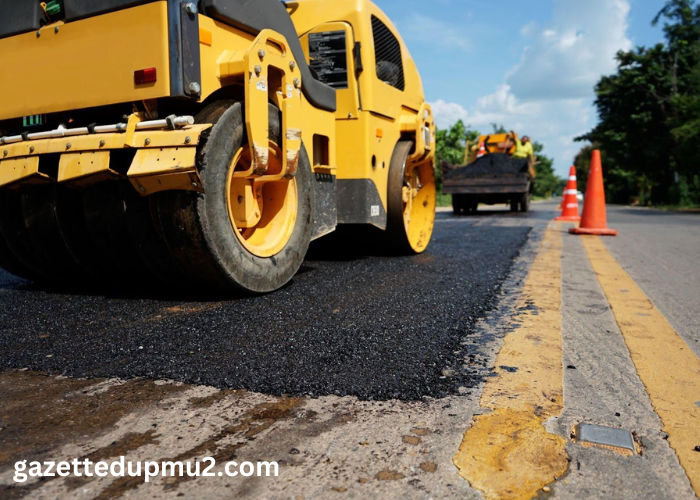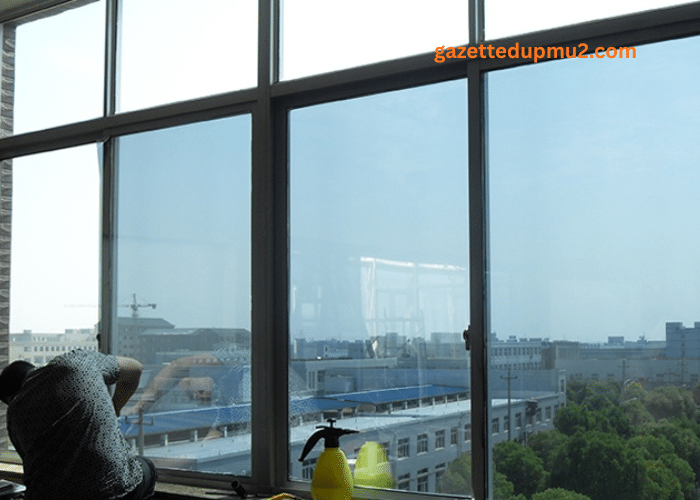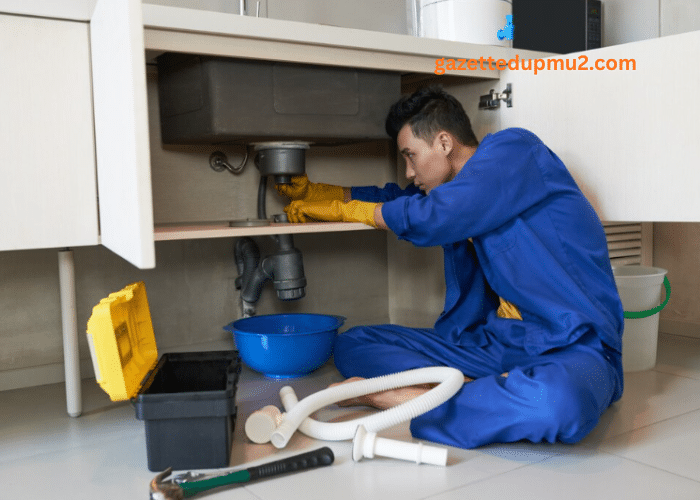As a business owner, maintaining your property is crucial for creating a positive first impression and ensuring safety for your customers and employees. One often overlooked aspect of property upkeep is the condition of your asphalt surfaces – parking lots, driveways, and access roads. When these areas show signs of wear and tear, you’re faced with a decision: should you opt for asphalt resurfacing or a full replacement? In this article, we’ll break down the pros and cons of each option to help you make an informed decision that’s best for your business and your budget.
Understanding the Basics: What’s the Difference?
Before we dive into the nitty-gritty, let’s clarify what we mean by asphalt resurfacing and replacement:
Asphalt Resurfacing is a more extensive process in which the old asphalt is completely removed. It involves adding a new layer of asphalt over the existing surface. It’s like giving your pavement a fresh coat of paint but much more durable.
Asphalt Replacement is a more extensive process in which the old asphalt is completely removed, and a new surface is installed from the ground up.
Now that we’ve covered the basics let’s explore when each option might be the right choice for your business.
When to Consider Asphalt Resurfacing
- Minor Damage: If your asphalt surface has cracks, small potholes, or general wear but is still structurally sound, resurfacing can be an excellent option.
- Budget Constraints: Resurfacing is typically less expensive than a full replacement, making it an attractive option if you work with a tight budget.
- Time Sensitivity: If you need to minimise disruption to your business operations, resurfacing is usually quicker than a full replacement.
- Preventative Maintenance: Resurfacing can extend the life of your asphalt surface by protecting it from further damage caused by weather, traffic, and general use.
- Aesthetic Improvement: If your main goal is to improve the appearance of your property, resurfacing can give your asphalt a fresh, new look without the cost of a full replacement.
When to Opt for Asphalt Replacement
- Severe Damage: If your asphalt surface has extensive cracking, large potholes, or significant structural issues, replacement might be necessary.
- Age: Asphalt typically lasts 15-20 years. If your surface is approaching or exceeding this age, replacement could be more cost-effective in the long run.
- Drainage Issues: If water isn’t draining properly from your asphalt surface, causing pooling or erosion, a full replacement allows you to address underlying drainage problems.
- Frequent Repairs: If you constantly patching and repairing your asphalt, investing in a full replacement might be more economical.
- Change in Use: If you plan to increase traffic or change the type of vehicles using the surface (e.g., from cars to heavy trucks), a full replacement can ensure your new surface is built to handle the increased load.
Weighing the Pros and Cons
Now that we’ve covered when each option might be appropriate let’s look at some pros and cons to help you make your decision:
Asphalt Resurfacing
Pros:
- More affordable in the short-term
- Quicker to complete, minimising business disruption
- Can extend the life of your existing asphalt
- Improves the appearance and smoothness of the surface
Cons:
- It may not address underlying structural issues
- Shorter lifespan compared to full replacement
- Not suitable for severely damaged surfaces
Asphalt Replacement
Pros:
- Addresses all structural issues
- Longer lifespan (15-20 years or more with proper maintenance)
- Opportunity to improve drainage and base layers
- Can be customised to specific load-bearing requirements
Cons:
- More expensive upfront
- Takes longer to complete, potentially causing more disruption to your business
- It may require permits and inspections, depending on your location
Making the Right Choice for Your Business
When deciding between asphalt resurfacing and replacement, consider the following factors:
- Current Condition: Have a professional assess the state of your asphalt. They can identify underlying issues that might not be visible to the untrained eye.
- Budget: While resurfacing is cheaper upfront, replacement is more cost-effective if your surface is severely damaged or aging.
- Future Plans: Consider your long-term plans for the property. If you’re planning to sell or redevelop in the near future, resurfacing might be sufficient. However, replacement could be the better option for a long-term investment.
- Business Impact: Think about how each option will affect your day-to-day operations. Can your business afford the longer downtime of a full replacement?
- Local Climate: In areas with extreme weather conditions, like the Central Coast of Australia, where temperatures can fluctuate and heavy rains are common, the durability of your asphalt surface is crucial. Professional asphalt resurfacing Central Coast experts can advise on the best approach for your location.
- Maintenance History: If you’ve maintained regularly, resurfacing might be all you need. However, if maintenance has been neglected, a replacement could be necessary to address years of wear and tear.
- Environmental Considerations: Resurfacing can sometimes be more environmentally friendly, as it uses fewer new materials. However, replacement might be the more responsible choice if your old asphalt contains harmful substances.Professional Asphalt Paving Summerville SC Homeowners Desire.
Conclusion
Choosing between asphalt resurfacing and replacement is important for any business owner. While resurfacing can be cost-effective for surfaces with minor damage, replacement might be necessary for older or severely damaged asphalt.
Remember, the key to making the right choice is to work with Whitleah Asphalt, who can provide expert advice tailored to your specific situation. Whether you opt for resurfacing or replacement, investing in your asphalt surfaces is an investment in your business’s appearance, safety, and long-term success.





